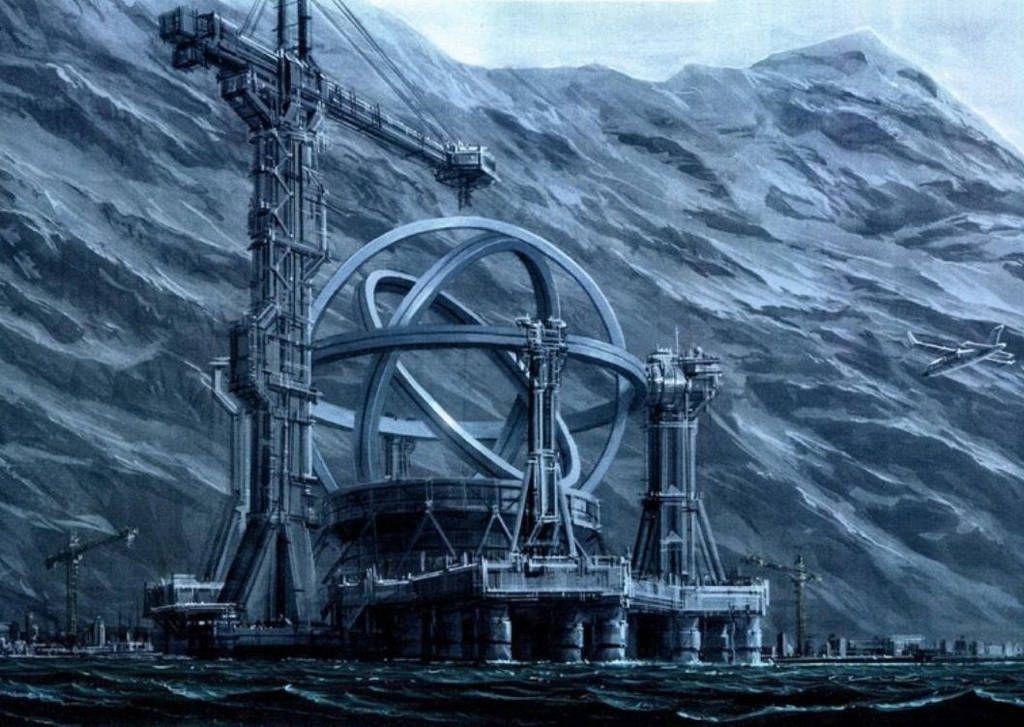
Coherence states
by Jedi Simon
Contact

Gyroscopic technology. "Contact".
A wormhole (Einstein-Rosen bridge) is a hypothetical structure connecting disparate points in spacetime, and is based on a special solution
of the Einstein field equations. A wormhole can be visualized as a tunnel with two ends at separate points in spacetime
(i.e., different locations, different points in time, or both). Wormholes are consistent with the general theory of relativity.
Many scientists postulate that wormholes are merely projections of a fourth spatial dimension, analogous to how a two-dimensional
(2D) being could experience only part of a three-dimensional (3D) object. Theoretically, a wormhole might connect extremely long distances
such as a billion light years, or short distances such as a few meters, different points in time or even different universes.
And this, only considering the materialistic point of view of science vs the spiritual approach, and forgetting the fifth element,
dielectric field, the ether and
metaphysics...

Contact movie

Wormhole Machine
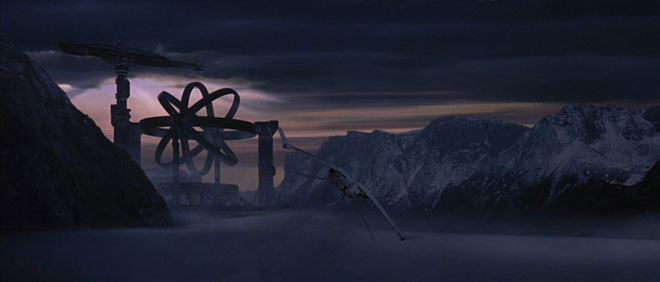
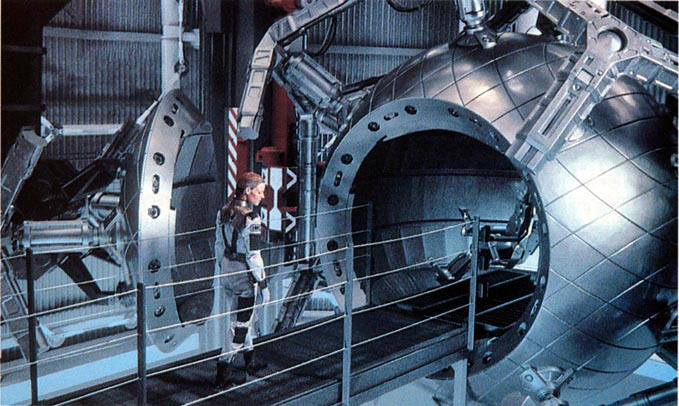
Sphere Pod Module

Expanded concept
.png)
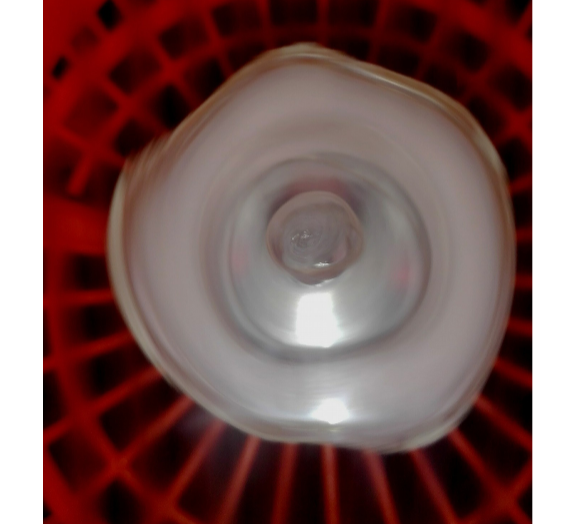
Planar loss of Coherence

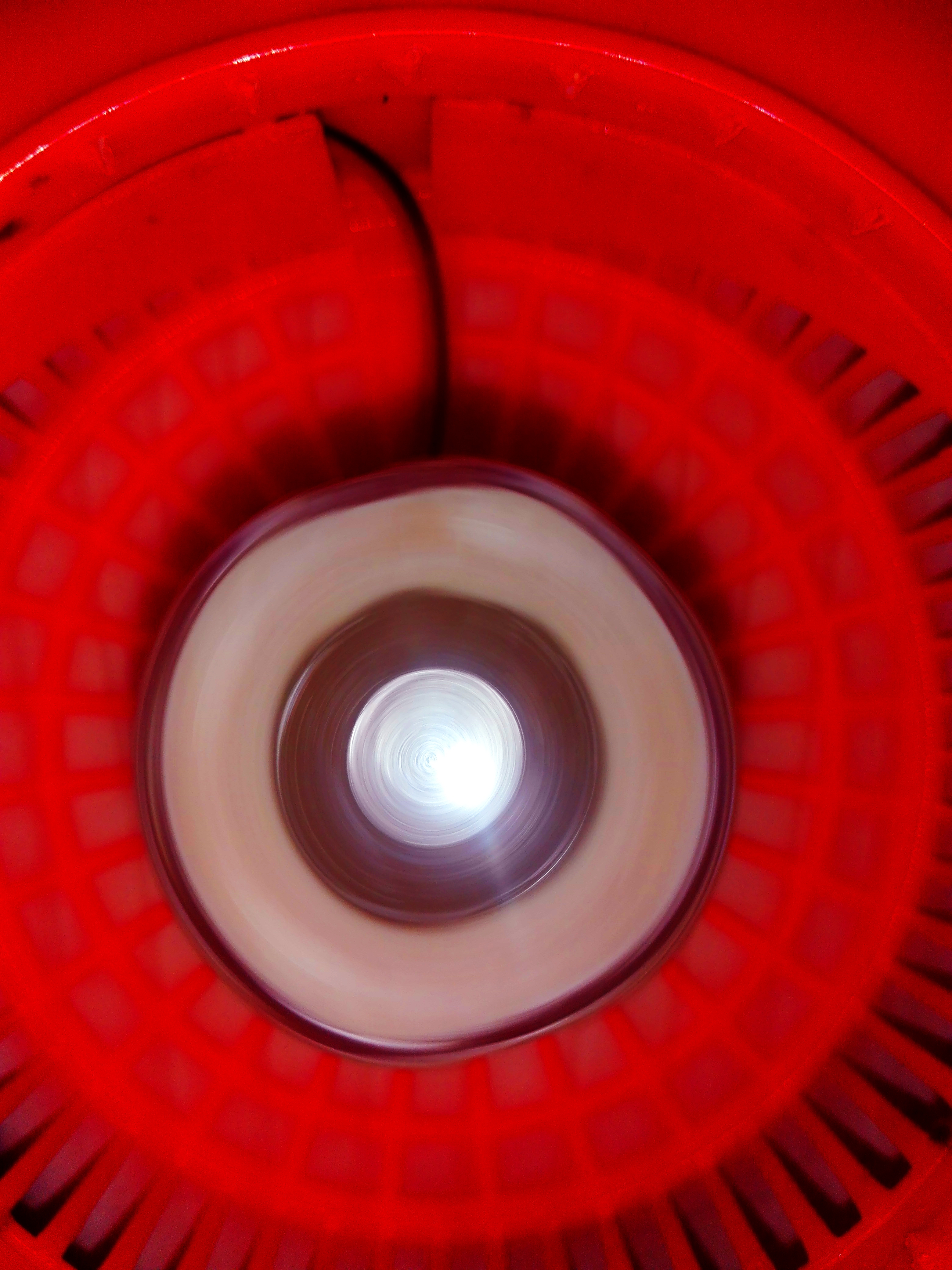
Loss of Coherence
.jpg)
Quasicrystalline Structures and Glancing Angles
.jpg)
.jpg)
.jpg)
Quasicrystals and Quasimatter Transient states
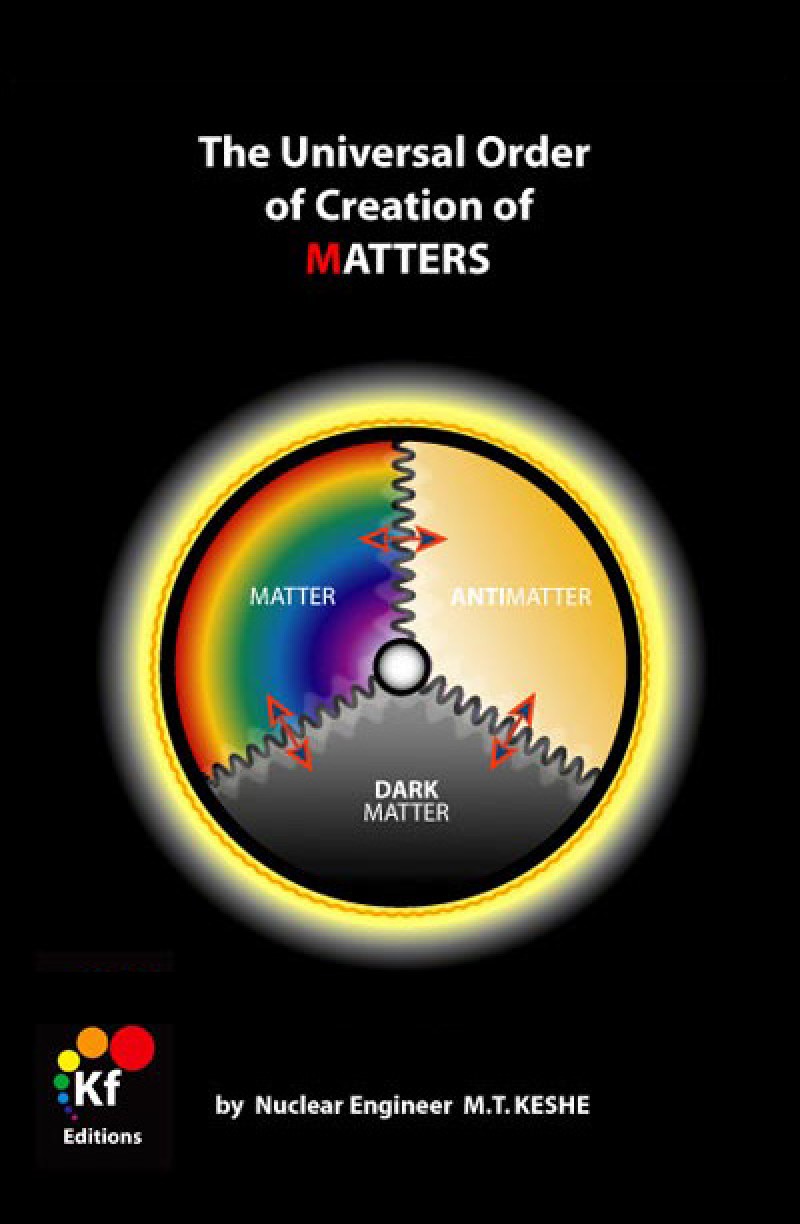
.jpg)
Coincidences: Keshe model and Flux Capacitor from "Back to the Future" movie.
The control of the time machine
is the same in all three films. The operator is seated inside the DeLorean (except
the first time, when the remote control is used), and turns on the time circuits
by turning a handle near the gear lever, activating a unit containing multiple
fourteen- and seven-segment displays that show the destination (red), present
(green), and last departed (yellow) dates and times. After entering a target
date with the keypad inside the DeLorean, the operator accelerates the car to
88mph (142km/h), which activates the flux capacitor. As it accelerates, several
coils around the body glow blue/white while a burst of light appears in front of
it. Surrounded by an electrical current similar to a Tesla coil, the whole car
vanishes in a flash of white/blue light seconds later, leaving a pair of fiery
tire tracks. A digital speedometer is attached to the dashboard so that the
operator can accurately gauge the car's speed.
Various proposals have been brought forth in the past by fans of the movie
franchise for why the car has to be moving at 88 mph to achieve temporal
displacement, but actually the production crew chose the velocity simply because
they liked how it looked on the speedometer, modified for the movie. The actual
speedometer on the production DeLorean's dashboard only goes up to 85 mph, and
the car itself was criticized for being underpowered.
Observers outside the vehicle see an implosion of plasma as the vehicle
disappears, leaving behind a trail of fire aligned with the DeLorean's tires (which
can also appear in midair), while occupants within the vehicle see a quick flash
of light and instantaneously arrive at the target time in the same spatial
location (relative to the Earth) as when it departed. In the destination time,
immediately before the car's arrival, three large and loud flashes occur at the
point from which the car emerges from its time travel. After the trip, the
exterior of the DeLorean is extremely cold, and frost forms from atmospheric
moisture all over the car's body. Vents on the back heat the vehicle after time
travel.
The DeLorean suffers assorted malfunctions and damage over the course of the
trilogy. In the first film, the car has starter problems and has a hard time
restarting once stopped, much to Marty's repeated frustration. In the second
film, the destination time display malfunctions and begins to show a series of
random dates, causing Doc to be sent back to 1885 when the DeLorean is struck by
lightning with him inside. In the third film, a note left by Doc's 1885 self
reveals that the DeLorean's flying circuits (added by him in 2015) were
destroyed by the strike. After Marty travels back to 1885, the fuel line and
fuel injection manifold both suffer damage, leaving the car unable to move under
its own power.
A back view of the DeLorean time machine
The time machine is electric and requires a power input of 1.21 gigawatts
(1,620,000 hp) to operate, originally provided by a plutonium-fueled nuclear
reactor. In the first film, following Marty's accidental trip from 1985 to 1955,
Doc has no access to plutonium in 1955, so he outfits the car with a large pole
and hook in order to channel the power of a lightning bolt into the flux
capacitor and send Marty back to 1985.During Doc's first visit to 2015, he has
the machine refitted to fly in addition to standard road driving, and he
replaces the nuclear reactor with a Mr. Fusion generator that uses garbage as
fuel.
Although the Mr. Fusion unit provides the required power for the time machine,
the DeLorean is still powered by an internal combustion engine for propulsion.
The fuel line is damaged during Marty's trip to 1885 in Back to the Future Part
III; after he and Doc patch it, they attempt to use whiskey as a replacement
fuel since commercial gasoline is not yet available. The test fails, damaging
the car's fuel injection manifold and leaving it unable to travel under its own
power.
Doc and Marty consider options to reach the required 88 mph (such as pulling it
with horses, which fails because the car barely breaks 30 mph) and ultimately
settle on pushing the car with a steam locomotive. They replace the DeLorean's
standard wheels with a set designed to mate with train rails. For the extra
power needed to push it up to speed, Doc adds his own version of "Presto Logs"
(a chemically treated mixture of pressed wood and anthracite) to the
locomotive's boiler and chooses a location with a straight section of track long
enough to achieve 88 mph.
JigoWatts
The power required is pronounced in the film as "one point twenty-one jigowatts",
with a jigowatt referring to "one billion watts". The spelling of jigowatts is
used in the script and was also the spelling used in the closed-captioning in
earlier home video versions of the film. However, the correct spelling is "gigawatts".
Although rarely used, the "j" sound at the beginning of the SI prefix "giga-" is
an acceptable pronunciation. Later versions of closed captioning, such as in the
2020 DVD Trilogy release have corrected the spelling to gigawatts. In the DVD
commentary for Back to the Future, Bob Gale states that he had thought it was
pronounced this way because it was how a scientific adviser for the film
pronounced it. The "jigowatts" spelling is used by Alan Dean Foster in the
novelizations of the second and third films.
The flux capacitor, which consists of a rectangular-shaped compartment with
three flashing Geissler-style tubes arranged in a "Y" configuration, is
described by Doc as "what makes time travel possible". The device is the core
component of the time machine.
As the time machine nears 88 mph, light coming from the flux capacitor begins
pulsing more rapidly until it becomes a steady stream. Doctor Emmet Brown
originally conceived the idea for the flux capacitor on November 5, 1955, when
he slipped on the edge of his toilet while hanging a clock in his bathroom and
hit his head on the sink. In 1955 "Doc" had named the flux capacitor the "Flux
Compresser" as shown on 1955 "Doc's" diagram. A similar, but possibly
steam-powered, flux capacitor is also seen in the chimney headlamp of Doc's
second time machine, the Time Machine Locomotive, at the end of Back to the
Future Part III.
Although the films do not describe exactly how the flux capacitor works, Doc
mentions at one point that the stainless steel body of the DeLorean has a direct
and influential effect on the "flux dispersal", but he is interrupted before he
can finish the explanation. The flux capacitor requires 1.21 gigawatts of
electrical power to operate, which is roughly equivalent to the power produced
by 15 typical commercial airplane jet engines.
The instruction manual for the AMT/ERTL DeLorean model kit says: "Because the
car's stainless steel body improves the flux dispersal generated by the flux
capacitor, and this in turn allows the vehicle smooth passage through the
space-time continuum".
The time circuits are an integral part of the DeLorean time machine. They were
built with an input device and a display. The display was divided into three
sections: destination time (shown in red), present time (shown in green), and
last time departed (shown in yellow), all annotated with Dymo labels. Each
display includes a month, a day, a year, and the hour and minutes in that point
in time. The years on the time circuits were limited to four digits and there
were no possible negative years that could be reached, i.e. years before "0
A.D." (1 B.C.). This means the DeLorean could travel to any time from 12:00 am
on January 1, 1 B.C. to 11:59 p.m. on December 31, A.D. 9999. It is unknown what
would happen if one were to travel to the latter date since, after only one
minute, it would be the year A.D. 10000 and the time circuits would no longer be
able to show the present time.
The destination time display shows the date that the operator wants the DeLorean
to go to (when the operator types in a date using the keypad in the DeLorean, it
will be shown in the destination time display), the present time display shows
the DeLorean's current location in time, and the last time departed display
shows what point in time the DeLorean originally was after making a journey
through time. Doc demonstrated its capabilities to Marty after its first test,
giving two well-known but erroneous dates as examples: the signing of the
Declaration of Independence, July 4, 1776; and the birth of Christ, December 25,
0000. He also used the day that he invented time travel, November 5, 1955.
During the second film, because of Biff Tannen's tampering[citation needed]
following his theft of the DeLorean, the time circuits began malfunctioning,
displaying January 1, 1885, in the destination time display. A bolt of lightning
triggers the malfunction to send the DeLorean from 1955 to 1885. Though the
vehicle was in mid-air, the spin created by the lightning bolt allowed it to
reach 88 mph. Doc is trapped in 1885 and repairs were impossible because the
time circuit control microchip, which powered the time circuits, was destroyed
by the lightning bolt, and suitable replacement parts would not be invented
until at least 1947. Doc places repair instructions and a schematic diagram in
the time machine to enable his 1955 counterpart to repair it using components
from that era — which included vacuum tubes — before boarding it up within a
silver mine. He then writes Marty a letter explaining the situation and places
it in the custody of Western Union, with instructions to deliver it to Marty in
1955.
The Mr. Fusion Home Energy Reactor is the name of a power source used by the
DeLorean time machine in the Back to the Future trilogy. It can be seen for the
first time at the end of Back to the Future when Doc pulls into the McFly's
driveway after a trip to the year 2015. It is a parody of Mr. Coffee machines,
which were very popular at the time of filming. The appliance from which the
prop was made was actually a Krups "Coffina" model coffee grinder.
The Mr. Fusion Home Energy Reactor converts household waste to power for the
time machine's flux capacitor and time circuits using nuclear fusion, presumably
cold fusion. In the film, Mr. Fusion allows the DeLorean time machine to
generate the required 1.21 gigawatts needed to travel to any point in time. The
energy produced by Mr. Fusion replaces plutonium as the primary power source of
the DeLorean's time travel, allowing the characters to bypass the arduous
power-generation requirements upon which the plot of the first film hinges. The
plutonium fission reactor was most likely left installed underneath Mr. Fusion
as a backup power source.
The Mr. Fusion can provide enough power to the flux capacitor and the time
circuits, but is not used to power up the DeLorean itself, which makes use of an
ordinary gasoline combustion engine to reach the 88 mph speed necessary for it
to time travel. This limitation proved crucial in the third movie when Doc and
Marty find themselves stuck in 1885 and unable to drive the DeLorean due to a
punctured fuel line. The vehicle's hover system is powered by Mr. Fusion and is
capable of bringing the DeLorean up to the required 88 mph; the combustion
engine was also probably left on board as a backup. However, the flight systems
were destroyed as a result of a lightning strike, leaving Marty to rely on the
original combustion engine, which was also disabled.
For most of the first film, the 1.21 gigawatts are supplied by a
plutonium-powered nuclear fission reactor and, with the absence of plutonium, a
bolt of lightning channeled directly into the flux capacitor by a long pole and
hook in the film's climactic sequence. At the end of the first film, and for the
remainder of the trilogy, the plutonium nuclear reactor is replaced by a "Mr.
Fusion Home Energy Reactor" generator possibly acquired in 2015. The "Mr. Fusion"
device apparently converts household waste into electrical power; the name
suggests nuclear fusion. Due to a "hover conversion" made in 2015, the car also
becomes capable of hovering and flight, though it lost this ability at the end
of the second film.
After acquiring the DeLorean and modifying it into a time machine, Doc brings it
to the Twin Pines Mall and tests it out by using a remote control to send it one
minute into the future with his dog Einstein in it. He also shows Marty the
major functions of the DeLorean: the flux capacitor, the time circuits, and the
plutonium chamber that powers them. After refueling the DeLorean with plutonium
stolen from Libyan terrorists (who previously stole the plutonium from a power
plant), Doc prepares to travel into the future, but the Libyans unexpectedly
arrive and shoot Doc. Marty uses the DeLorean to flee from the Libyans and is
transported to 1955 after accidentally activating the time circuits. Once there,
the DeLorean exhibits problems with the starter, and with its plutonium chamber
empty, Marty hides the DeLorean behind a road sign and contacts the Doc Brown
living in 1955. The two bring it to Brown's workshop.
Unable to obtain plutonium, Doc and Marty realize, from a fundraising flyer
given to Marty earlier in the film, that the only source for the power needed to
return the DeLorean to 1985 is a bolt of lightning that they know from history
will strike Hill Valley Courthouse's clock tower at a particular moment in the
next few weeks. Doc installs a cable leading from the top of the clock down to
the street to harness the lightning, and attaches a long pole and hook to the
DeLorean to channel the energy into the flux capacitor once the hook makes
contact with the cable while the DeLorean is accelerating at 88 mph. He also
puts an alarm clock inside the DeLorean, which he sets to ring to signal Marty
to go. The plan succeeds, and Marty returns home. After watching his other self
escape to 1955, he discovers that Doc's death was averted as he had listened to
Marty's warnings.
After returning Marty home, Doc travels with Einstein to October 21, 2015, where
he upgrades the DeLorean with 2015 technology, replacing the plutonium chamber
with a Mr. Fusion Reactor, and giving it the ability to fly. In the second film,
he returns to 1985 to pick up Marty and Jennifer, telling them that they have to
rectify a problem caused in the future when Marty's son commits a crime. While
there, the DeLorean is stolen by Biff Tannen, who discovers that it is a time
machine, and uses it to travel back to who then travels back to November 12,
1955, the same day as the climax of the first film, to give his past self a
sports almanac that he use to generate wealth from gambling. Biff returns the
DeLorean to 2015, without Marty or Doc discovering his use of it until they
return to 1985, which due to Biff's manipulation of history, has been
transformed into a post-apocalyptic alternate timeline in which Biff is a
wealthy casino boss and crime lord. Discovering from that this was caused by
older Biff's use of the DeLorean and the almanac, Marty and Doc return to 1955
to prevent the younger Biff from acquiring it, thus restoring the original
timeline. They manage to take back and destroy the almanac, but the DeLorean,
with Doc inside it, is struck by lighting again, this time by accident, and due
to a malfunction in the time circuits, and disappears. Unbeknownst to Marty, Doc
is transported to January 1, 1885. Both the DeLorean's time circuits and flying
capability are disabled in the process, though not the internal combustion
engine.
Because suitable replacement parts to repair the DeLorean will not be invented
until 1947, Doc hides the DeLorean in a mine, and leaves a letter to be
delivered by Marty by Western Union in 1955, in which he explains what happened
to him. Doc states he is happy in his new life there as a blacksmith, and
requests that Marty not attempt to retrieve him, but instead to return to 1985
and destroy the DeLorean, believing that it has brought them and the world
nothing but disaster. However, Marty and 1955 Doc learn that just nine months
after arriving in 1885, Doc will be murdered by Biff's grandfather, Buford "Mad
Dog" Tannen, on September 7, 1885. For this reason, the 1955 Doc and Marty agree
to have Marty travel back in time to 1885 to prevent Doc's murder. After
retrieving the DeLorean from the mine, and replacing its since-disintegrated
tires with whitewalls, Marty travels to 1885, but the DeLorean's fuel line is
damaged soon after he arrives there. After encountering his ancestors, Marty
decides to use the alias Clint Eastwood. After meeting up with the 1885 Doc, the
fuel line is repaired, but their experiments with creating modern fuel from
whiskey destroys the fuel injection manifold, leaving the car unable to travel
under its own power. They resolve to use a steam locomotive to push the DeLorean
up to 88 mph. Doc replaces the 1955-style wheels with cast iron train wheels
that fit on the track rails.
Doc and Marty plan to make their run on a flat, straight section of track
leading to an unfinished bridge over Shonash Ravine. While making their plans,
Doc saves schoolteacher Clara Clayton from falling into Shonash Ravine. They
realize in the original timeline, Clara fell to her death in the ravine, which
was renamed Clayton Ravine. After her rescue, Doc and Clara begin to fall in
love. Marty and Doc continue their plan, in which the Mr. Fusion unit will
provide the power required to activate the flux capacitor and make the jump
through time once the train and the DeLorean reach 88 mph. Their plan is
successful, and upon reaching the end of the track, the DeLorean disappears to
1985 with Marty, though Doc decides to stay behind with Clara. The locomotive
falls down the cliff and is destroyed.
Back in 1985, the DeLorean arrives on the now-completed bridge and crosses over
the ravine, now called Eastwood Ravine on account of his exploits in 1885. The
DeLorean becomes stuck on the tracks, and Marty barely manages to escape before
the DeLorean is completely destroyed by a freight train. Later, Doc, Clara, and
their children: Jules and Verne, appear in the same location where the DeLorean
was destroyed, piloting a new time machine in the form of a steam-powered train.
After picking up Einstein, the couple and their children depart for an unknown
time period.
.jpg)
Y key
.jpg)
.jpg)
Flux capacitor and Doc's Time Machine
.jpg)
Buy One here and then, back in time...
.jpg)
Delorean DMC
.jpg)
Delorean DMC
.jpg)
OUTATIME
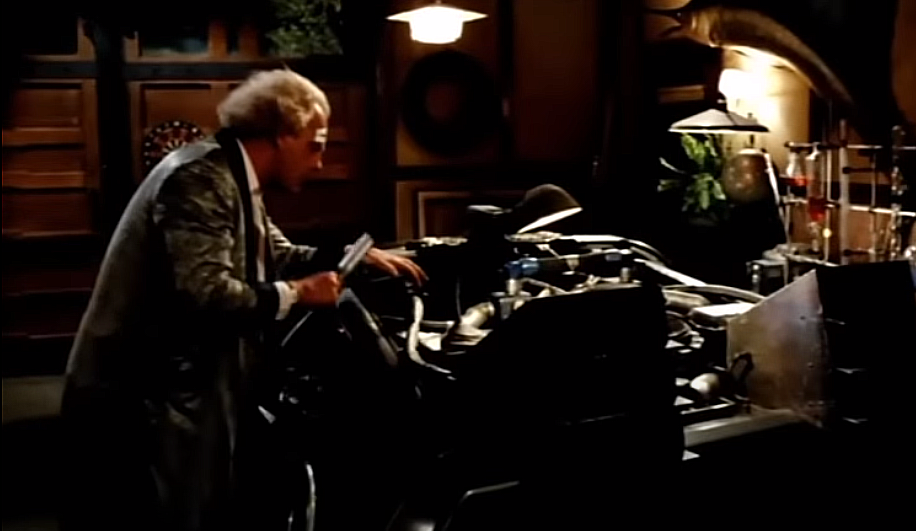
Deleted scene. Diapason Fine tuning.

Deleted scene. Diapason Fine tuning.
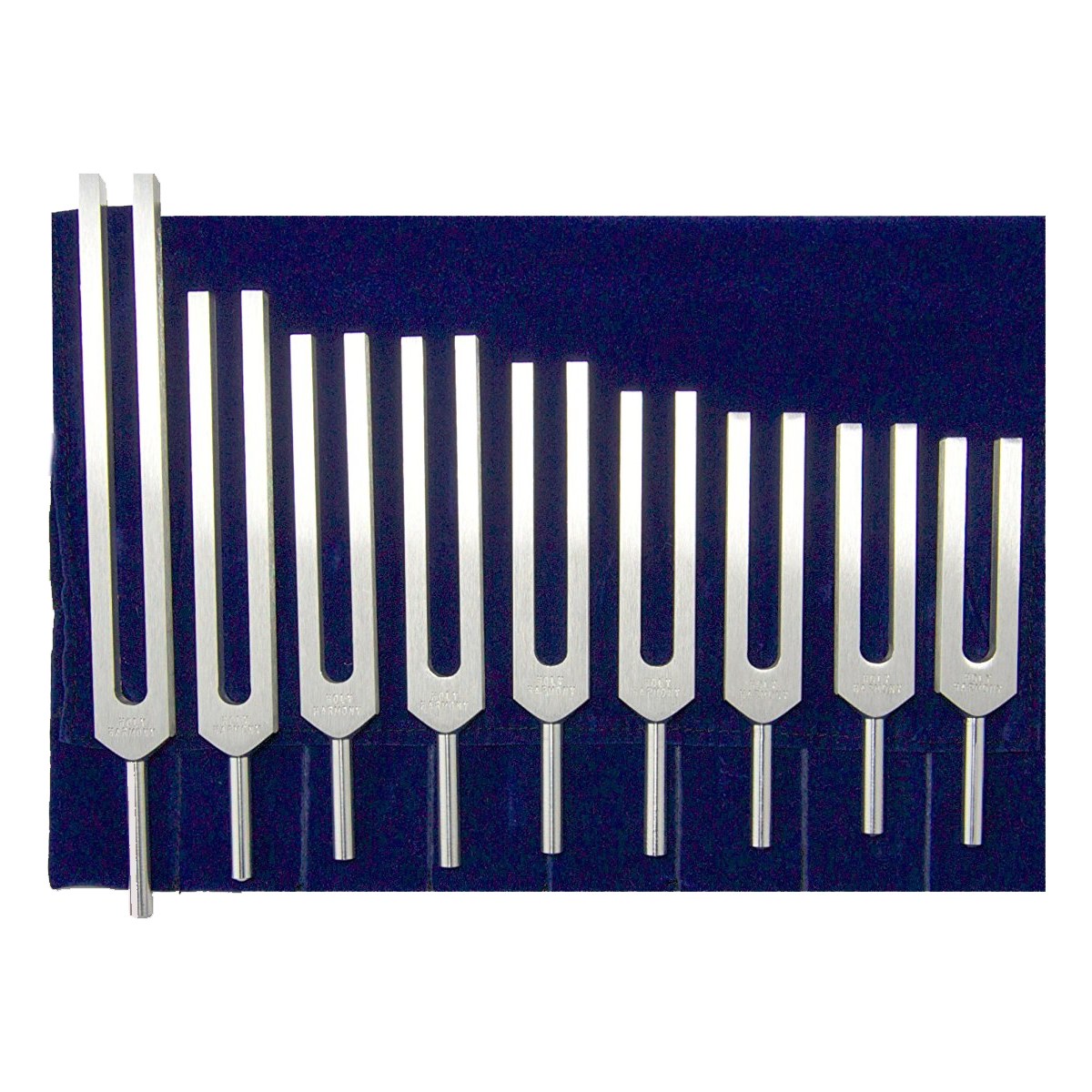
Diapasons. Tuning forks. Sympatethic resonance.
Body
Your sympathetic nervous system is part of your autonomic nervous system. It
could be called your “automatic” nervous system, as it is responsible for many
functions that you don’t have to think about to control. This can include
control of your heart rate, blood pressure, digestion, urination and sweating,
among other functions. Your sympathetic nervous system is best known for its
role in responding to dangerous or stressful situations. In these situations,
your sympathetic nervous system activates to speed up your heart rate, deliver
more blood to areas of your body that need more oxygen or other responses to
help your get out of danger.
Your sympathetic nervous system controls your “fight-or-flight” response. Danger
or stress activates your sympathetic nervous system, which can cause several
things to happen in your body. In response to danger or stress, your sympathetic
nervous system may affect your:
Eyes: Enlarge your pupils to let more light in and improve your vision.
Heart: Increase your heart rate to improve the delivery of oxygen to other parts
of your body.
Lungs: Relax your airway muscles to improve oxygen delivery to your lungs.
Digestive tract: Slow down your digestion so its energy is diverted to other
areas of your body.
Liver: Activate energy stores in your liver to an energy that can be used
quickly.
These effects help you in situations where you might need to think or act
quickly. They improve your eyesight, reflexes, endurance and strength. Your
sympathetic nervous system also activates at times when your body’s under
strain, like when you’re exercising or are sick. Your sympathetic nervous system
activity also affects your immune system and your body’s repair processes. These
effects can help your body start repairs on an injury quickly if you get hurt.
Neurotransmitters
Your sympathetic nervous system uses chemicals called neurotransmitters to
communicate. Specifically, these chemicals are norepinephrine, epinephrine and
acetylcholine. Your sympathetic and parasympathetic nervous systems have
opposite roles. While your sympathetic nervous system carries signals that put
your body’s systems on alert, your parasympathetic carries signals that relax
those systems. The two systems work together to keep your body in balance. Your
sympathetic nervous system takes the lead for as long as is necessary to get you
through a period of danger. Then, your parasympathetic nervous system steps in
and returns things to normal.
Piano Physics
The vibrations of a tuning fork cause vibrations in the air with the same
frequency. This process is symmetric in time: if you happened to have vibrations
in the air which matched the frequency of the tuning fork, the tuning fork could
pick them up and start to vibrate. A second, identical tuning fork is a good way
to produce vibrations in air with the correct frequency. You get the same thing
with the strings in well-tuned piano, but there is a difference. The strings
associated with each key on a piano have a different fundamental frequency. If
you play the mid-range keys on a piano with the middle pedal pressed (so that
the low-range strings aren't damped), you don't hear the fundamental frequencies
of the low strings; you hear their harmonics, which are the same frequencies as
the fundamentals of the higher strings. (The harmonics of the higher strings
also excite the higher harmonics of the lower strings, but that's a smaller
effect.)
The example of a "well-tuned piano" has a couple of pitfalls: tempered
intonation, and "stretched" piano tuning. Other than octaves, in tempered tuning
(TT) the harmonics of a note are never exactly equal to any other note of the
scale. The harmonics are rational multiples of the fundamental, but the tempered
higher notes are irrational multiples. E.g. tempered 5ths are ~2 cents off from
just intonation (JI) 5ths, Major 3rds about 14 cents sharper: ...
Concretely: for A4 = 440 Hz, its 3rd harmonic (2nd overtone) = 660 Hz, the JI E
above it; but in TT, E5 =~ 659.25 Hz; the 5th harmonic of A4 is 550 Hz, the JI
Maj3rd above it, but in TT, C#5 =~ 554.4 Hz. In "stretched" piano tuning, higher
notes are tuned sharper, and lower notes lower, than their theoretical
frequencies; octaves are bigger than an octave. It's my understanding that all
pro piano tuners do this, resulting in ~35 cents discrepancy across a small
piano [the wiki article linked above relates this]. "well-tuned piano" is a
surprisingly wiggly term! ... In the case of a piano with middle pedal down,
these discrepancies must result in the lower strings' harmonics sounding more
quietly (having less amplitude) than they would if the higher struck string had
been from the JI perspective, "in tune".
Resonance
Resonance describes the phenomenon of increased amplitude that occurs when the
frequency of an applied periodic force (or a Fourier component of it) is equal
or close to a natural frequency of the system on which it acts. When an
oscillating force is applied at a resonant frequency of a dynamic system, the
system will oscillate at a higher amplitude than when the same force is applied
at other, non-resonant frequencies.
Frequencies at which the response amplitude is a relative maximum are also known
as resonant frequencies or resonance frequencies of the system. Small periodic
forces that are near a resonant frequency of the system have the ability to
produce large amplitude oscillations in the system due to the storage of
vibrational energy. Resonance phenomena occur with all types of vibrations or
waves: there is mechanical resonance, orbital resonance, acoustic resonance,
electromagnetic resonance, nuclear magnetic resonance (NMR), electron spin
resonance (ESR) and resonance of quantum wave functions. Resonant systems can be
used to generate vibrations of a specific frequency (e.g., musical instruments),
or pick out specific frequencies from a complex vibration containing many
frequencies (e.g., filters).
A physical system can have as many natural frequencies as it has degrees of
freedom and can resonate near each of those natural frequencies. A mass on a
spring, which has one degree of freedom, has one natural frequency. A double
pendulum, which has two degrees of freedom, can have two natural frequencies. As
the number of coupled harmonic oscillators increases, the time it takes to
transfer energy from one to the next becomes significant. Systems with very
large numbers of degrees of freedom can be thought of as continuous rather than
as having discrete oscillators. Energy transfers from one oscillator to the next
in the form of waves. For example, the string of a guitar or the surface of
water in a bowl can be modeled as a continuum of small coupled oscillators and
waves can travel along them. In many cases these systems have the potential to
resonate at certain frequencies, forming standing waves with large-amplitude
oscillations at fixed positions. Resonance in the form of standing waves
underlies many familiar phenomena, such as the sound produced by musical
instruments, electromagnetic cavities used in lasers and microwave ovens, and
energy levels of atoms.
When a string of fixed length is driven at a particular frequency, a wave
propagates along the string at the same frequency. The waves reflect off the
ends of the string, and eventually a steady state is reached with waves
traveling in both directions. The waveform is the superposition of the waves. At
certain frequencies, the steady state waveform does not appear to travel along
the string. At fixed positions called nodes, the string is never displaced.
Between the nodes the string oscillates and exactly halfway between the nodes–at
positions called anti-nodes–the oscillations have their largest amplitude.

Correspondences. Morphic resonance. Harmonics.
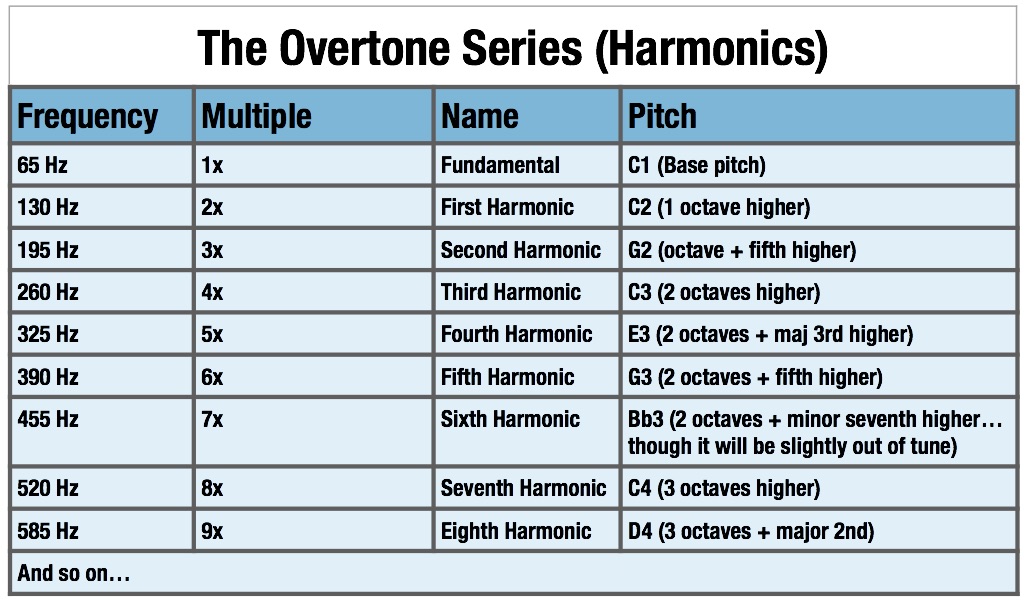
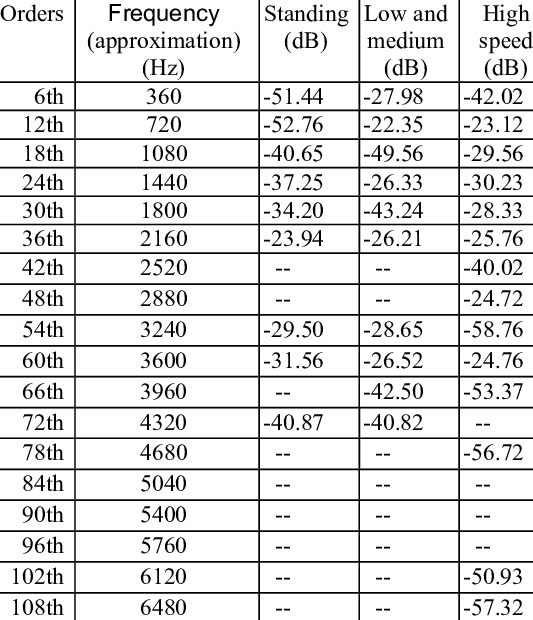
The Magic of Resonance. ^ 2
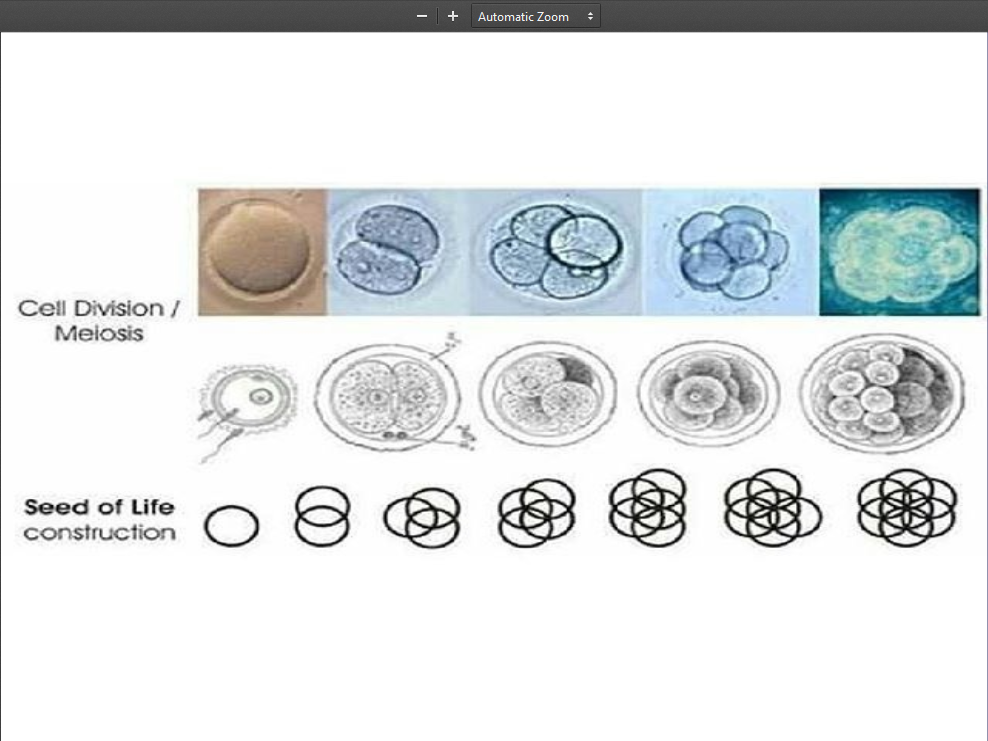
Evolution Counting ...
Memories. Quasicrystalline structures. Salts and microsolids.

Platonic solids.

Quasicrystalline field.
.jpg)
Destination time. Present time. Last time departed.
.jpg)
.jpg)
Delorean Time Machine. Mr Fusion device.
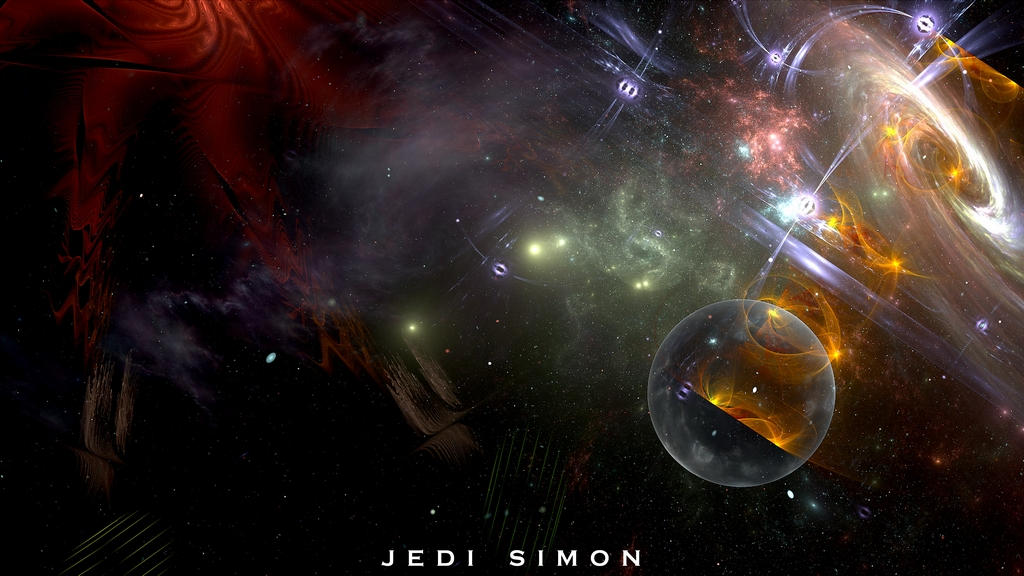
Quantum Leap Jump.
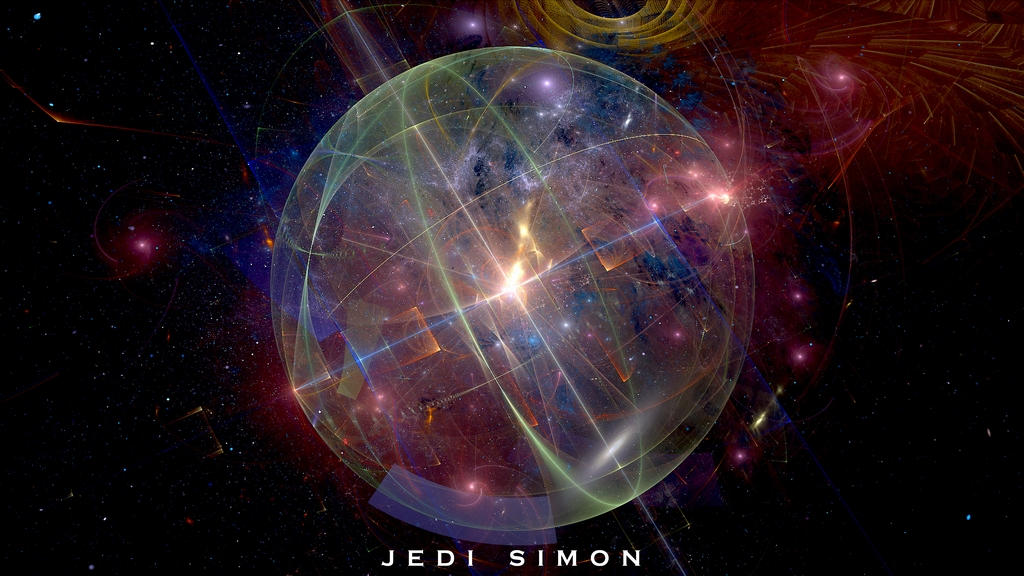
Sphera Soul Ship.
( 2 )
Addendum
^
Inscapes, Insights, Clarity and
Consubstantiality
Consubstantiality, a term derived from Latin: consubstantialitas, denotes identity of substance or essence in spite of difference in aspect.
Never forget the lessons of the past. 1 2 3 4 5 6 7 ... 8 9 0 ... and evidence... of course
.png)
.png)
.png)
.png)
.png)
.png)
.png)
3
( Addendum )
Jedi Wheel chakra. Try this emotional/plasmatic path.
.png)
4
( Addendum )

Often the picture is bigger than the event horizion...

Take a closer look... inside... insight... within....

Charles Proteus Steinmetz

Choosing where to rest...
5
( Addendum )
A couple of books
Electric Discharges Waves And Impulses by Charles Proteus Steinmetz
Dielectric-Phenomena-In-High-voltage-Engineering.pdf F.W. Peek Jr
6
( Addendum )
Video an audio content related to the Coherence State Teaching by Jedi Simon
Keshe Plasma Reactor Group April 19th, 2023 Video partial cut
Keshe Plasma Reactor Group April 19th, 2023 AUDIO partial cut
https://livestream.com/kfssi/plasmagroup/videos/235878624 complete teaching
Keshe Plasma Reactor Group May 3rd, 2023 VIDEO partial cut
Keshe Plasma Reactor Group May 3rd, 2023 AUDIO partial cut
https://livestream.com/kfssi/plasmagroup/videos/236060114 Complete Livestream Keshe Plasma Reactor Group Teaching

Jedi Path Metaphysical and
Alchemical Works
Written and compiled by Jedi Simon for personal and educationl
purpose.2023 All rights reserved.
by Jedi Simon and the authors of the included texts, images and drawings
recollected here to allow
a better and factual comprehension of concepts, topics, ideas and principles
involved in the process.